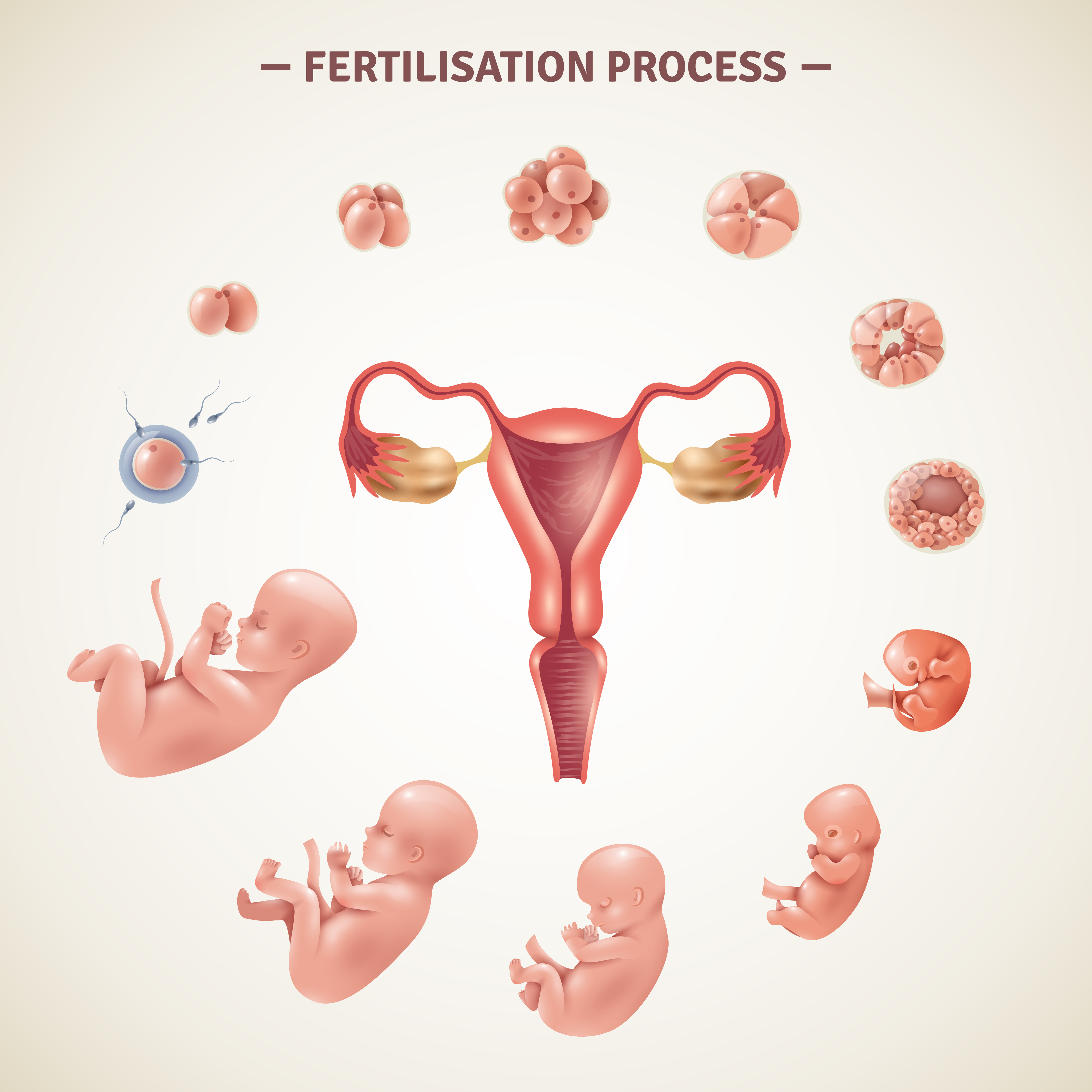A Biased View of The Benefits of Organic Fertilizers for Sustainable Gardening

The Role of Nitrogen in Plant Growth and How to Properly Feed
Nitrogen is one of the most crucial nutrients required for vegetation growth. It participates in a vital part in various bodily procedures, featuring photosynthesis, healthy protein synthesis, and overall vegetation advancement. Understanding the function of nitrogen in vegetation development is necessary for suitable fertilization and making sure healthy and energetic plants.
Nitrogen is a crucial component of chlorophyll, the pigment accountable for grabbing sun light throughout photosynthesis. Without an adequate source of nitrogen, vegetations are not up to to create adequate chlorophyll, leading in stunted development and minimized stamina. Furthermore, nitrogen is important for the buildup of amino acids, which are the building blocks of healthy proteins.
Proteins are essential for all residing organisms, featuring plants. They play essential roles in plant structure, enzyme functionality, and nutrition transportation. Nitrogen shortage can easily lead to minimized protein synthesis, impacting different physiological methods within the plant.
In add-on to its role in healthy protein synthesis and photosynthesis, nitrogen also influences origin growth. Enough nitrogen advertises healthy and balanced origin development through inducing tissue division and elongation. This allows vegetations to absorb water and nutrients more properly from the dirt.
Nonetheless, while nitrogen is important for vegetation development, excessive amounts can easily possess damaging impacts on both vegetations and the atmosphere. Over-fertilization along with nitrogen can easily lead to an imbalance in soil nutrients and result in nutrient drainage into water body systems. This overflow may result in water air pollution and damage marine environments.
To effectively fertilize plants along with nitrogen without creating environmental damages or nutrient inequalities, it's significant to observe a couple of standards:
1. Conduct a dirt exam: Before using any type of plant food including nitrogen or other nutrients, it's advisable to conduct a ground exam. A dirt examination will definitely aid determine the existing nutrient levels in your soil and help you on how much fertilizer is required.
2. Opt for the appropriate plant food: There are different styles of fertilizers on call on the market that have nitrogen. These feature organic fertilizers, such as garden compost or manure, and not natural plant foods, such as ammonium nitrate or urea. Consider the particular necessities of your plants and select a plant food that provides nitrogen in a type that is readily offered to them.
3. Follow app fees: Fertilizer function fees differ depending on the kind of plant or vegetation you are increasing. It's important to adhere to the recommended app rates supplied by the fertilizer maker or located on dirt examination results. Administering also much nitrogen can lead to excessive vegetative growth and produce plants a lot more vulnerable to diseases.
4. Time is essential: Nitrogen supply can be influenced by environmental variables such as temp, moisture, and microbial task in the soil. To make Found Here of nitrogen uptake by plants, it's significant to administer fertilizers at the appropriate time. For a lot of crops, it's valuable to divide the nitrogen function into multiple doses throughout the expanding season.
5. Look at vitamins and mineral interactions: Nutrients communicate with each various other in complex ways within vegetations and soils. It's necessary to consider these communications when feeding along with nitrogen. For instance, excess nitrogen can lead to potassium deficiency in some crops. For that reason, it's advisable to maintain a balanced nutrient supply by thinking about all necessary components required for vegetation growth.
In conclusion, nitrogen participates in a crucial part in plant growth and progression. It is important for photosynthesis, healthy protein synthesis, and origin progression. However, excessive usage of nitrogen can possess negative effects on each plants and the environment. Appropriately fertilizing along with nitrogen entails conducting dirt tests, choosing suitable fertilizers, following encouraged app prices, timing applications properly, and considering vitamins and mineral interactions within plants and dirts.
By adhering to these guidelines for appropriate nitrogen fertilization practices, you can easily guarantee healthy and balanced vegetation growth while decreasing environmental impacts linked along with nutrition inequalities or drainage right into water bodies.

